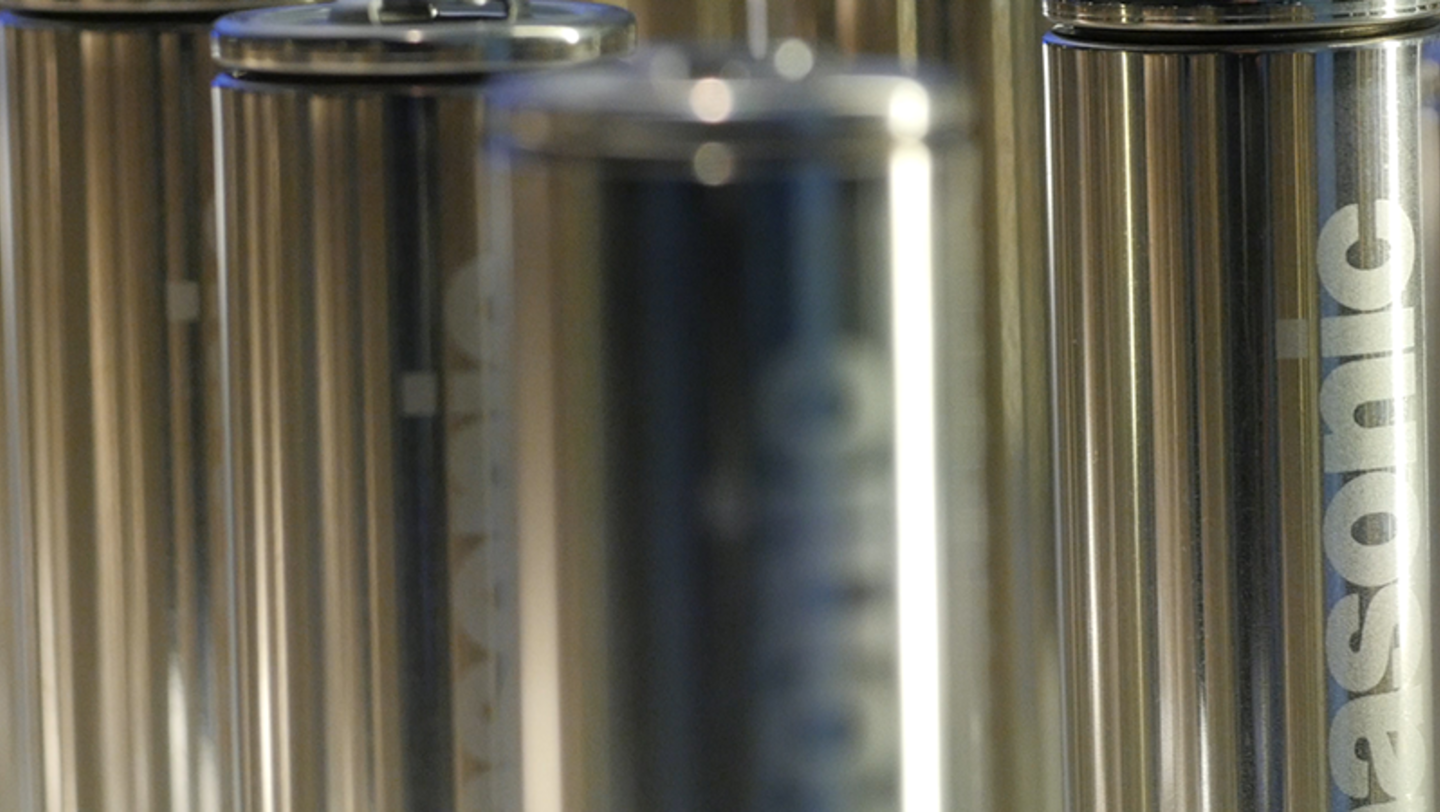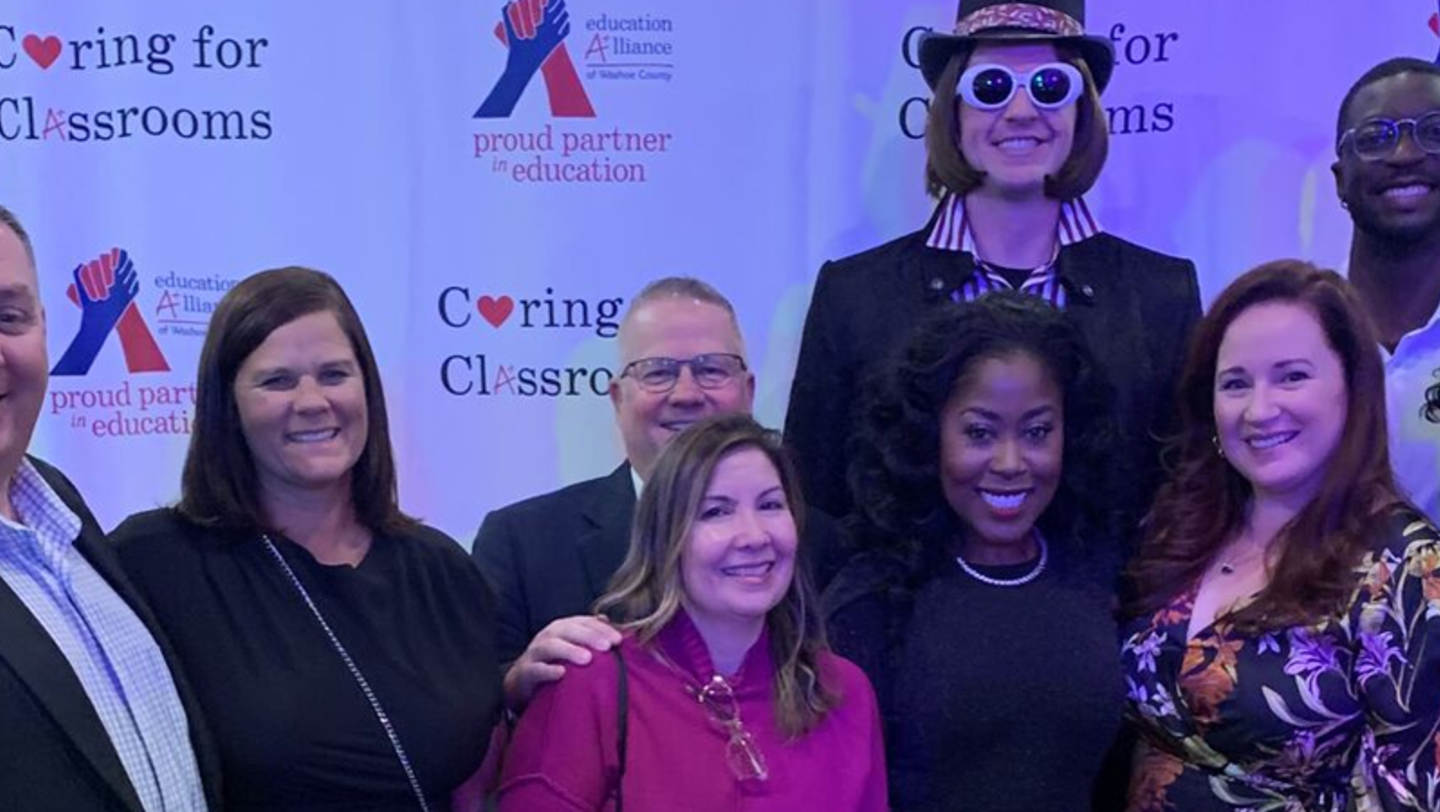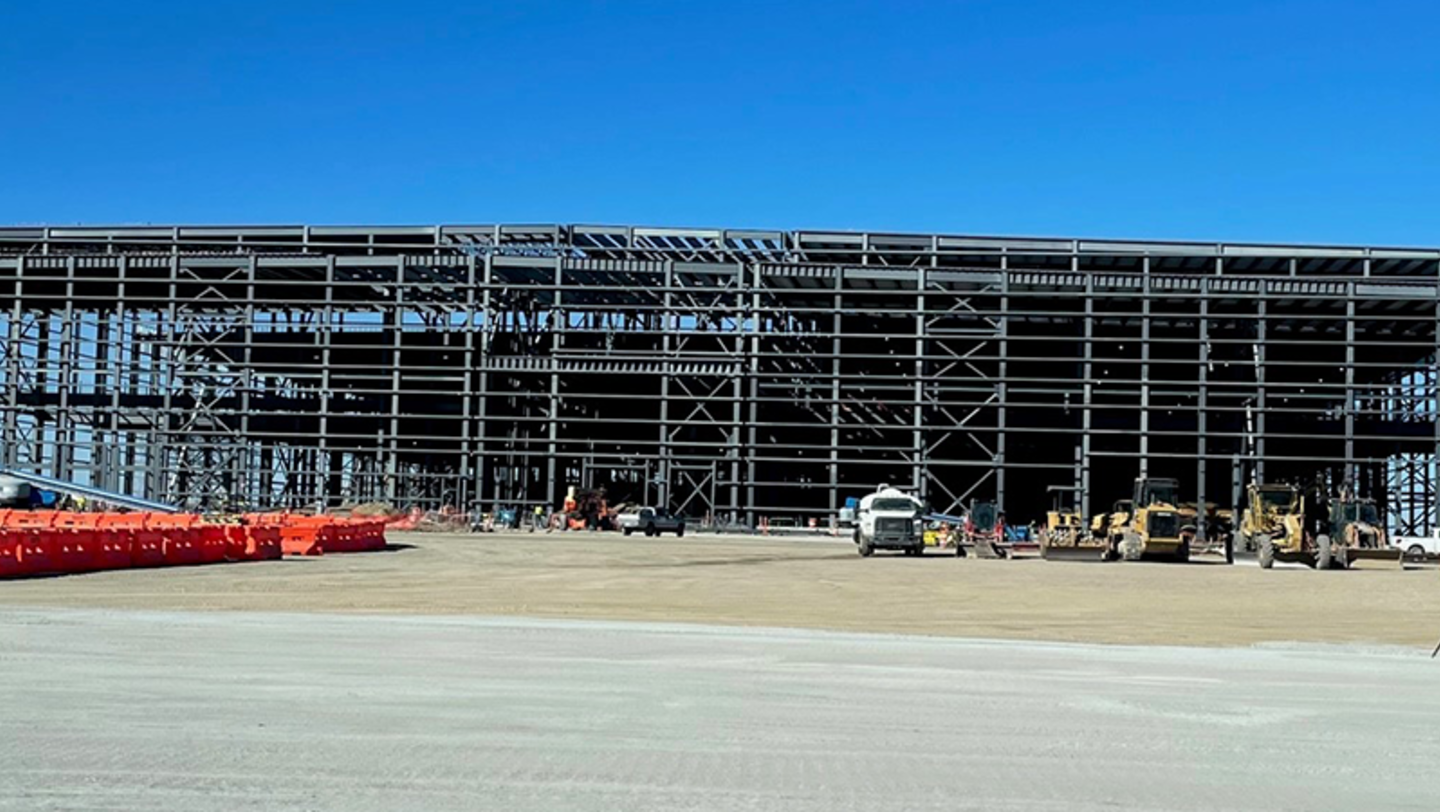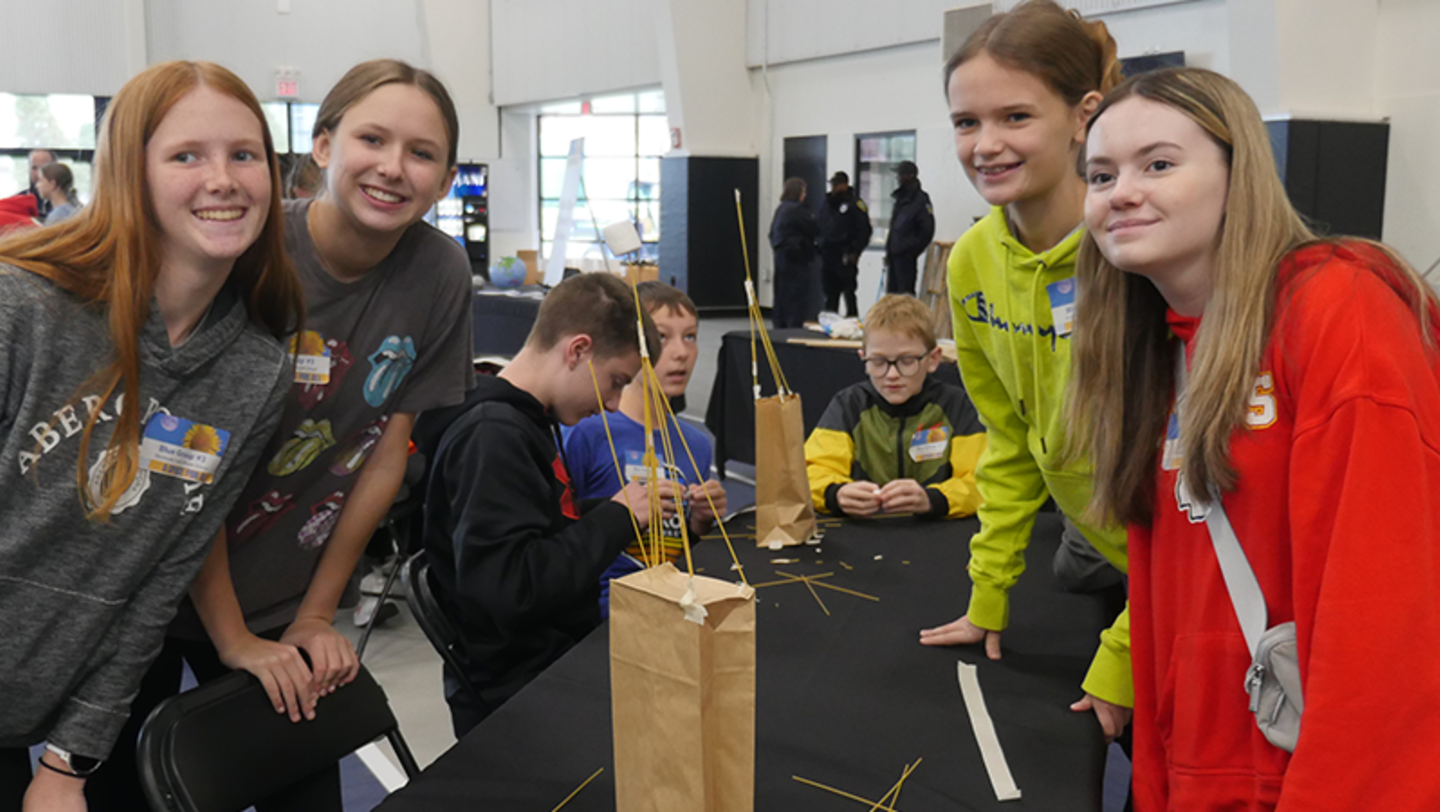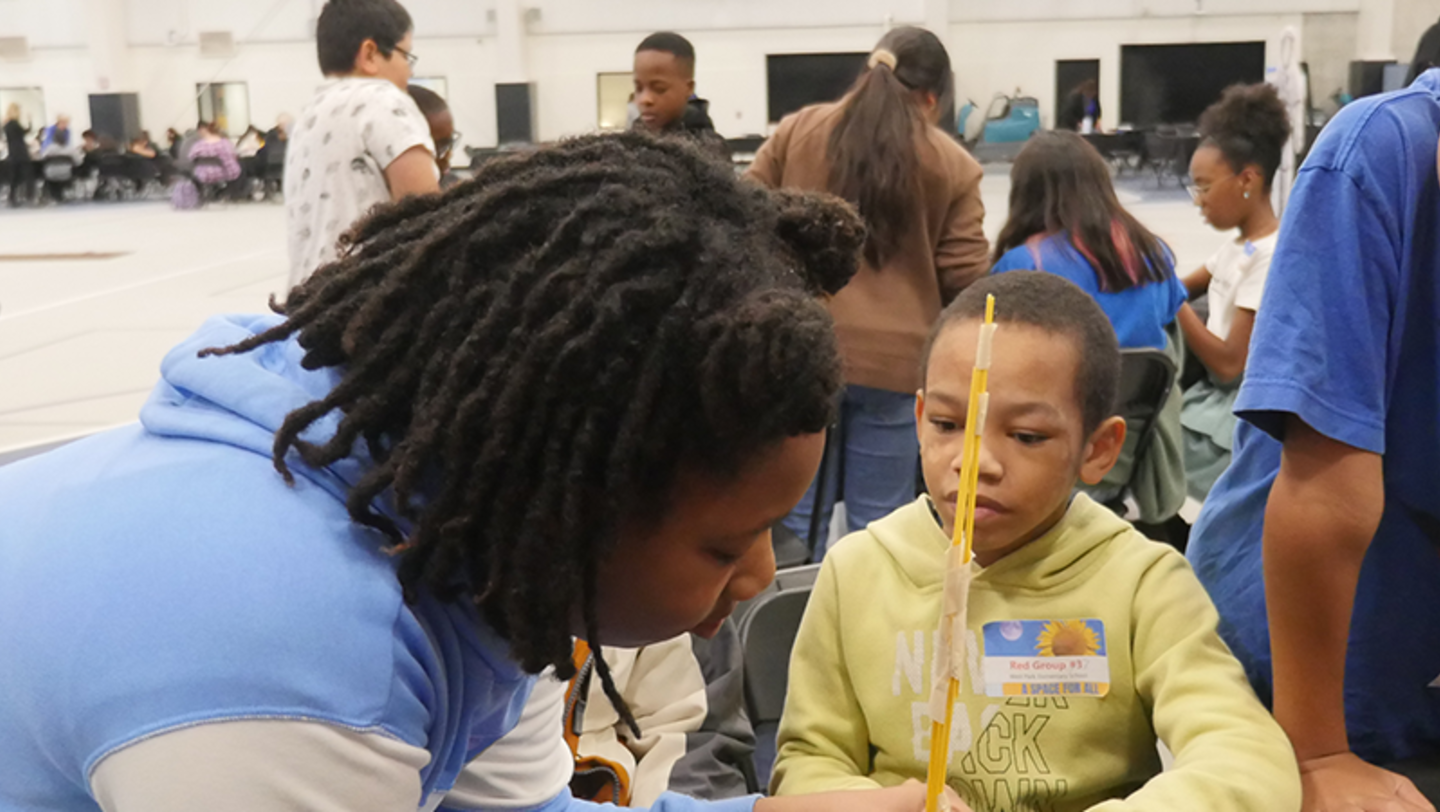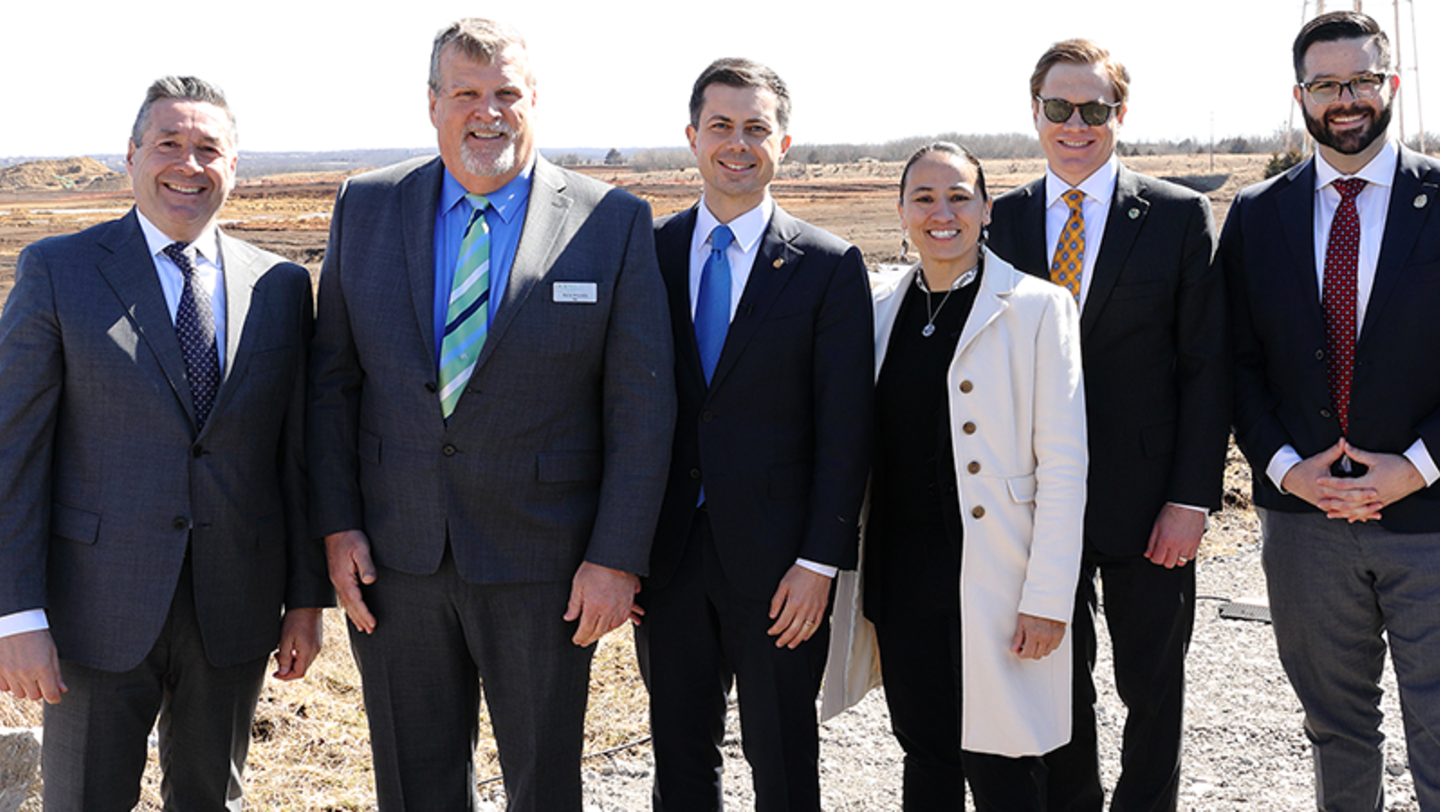In the age of Covid, indoor air quality reaches a tipping point

In the age of Covid, indoor air quality reaches a tipping point
5 minutesPeople have become increasingly health conscious in recent years – and that means we’re being more discerning about what we put into our bodies. Over the last several decades, we’ve seen an increased demand for organic, locally-grown foods; a record number of people opting for a vegan or vegetarian diet; rapid growth in the water filter and water purification markets; and a growing interest in “natural” skin and hair care products.
Yet despite our efforts to be more thoughtful about the food we eat, the water we drink and the products we use on our bodies, comparatively little consideration has been given to the biggest thing we consume every day: air. While the average North American consumes around 3-4 lbs. (1-2 kg) of food and 12-14 cups (2.7-3.2 kg) of water each day, our daily air consumption weighs in at approximately 30-40 lbs. (13-18 kg) of air molecules. The 17,000 breaths we take daily equates to 2,100-2,400 gallons (8,000-9,000 liters) of air – enough to fill an average-sized swimming pool.
The Covid-19 pandemic is changing the way we think about indoor air quality. With so much data suggesting that the novel coronavirus spreads more easily in poorly ventilated indoor environments, people are beginning to realize that clean indoor air could be just as vital to health as high-quality food, water and personal care products.
A growing public health concern
While the average person may not have given much thought to indoor air quality (IAQ) prior to the pandemic, scientists and government agencies have long been aware of the issues surrounding poor IAQ. Studies performed by the US Environmental Protection Agency (EPA) have found that indoor levels of pollutants may be two to five times higher than outdoor levels. In the worst cases, indoor air can even be up to 100 times more polluted than outdoor air.
That’s cause for concern when you consider how much time the average person spends indoors. A recent study published in the Journal of Exposure Analysis and Environmental Epidemiology found that Americans spend approximately 89% of their time inside. Their Canadian neighbors were similar at 87%.
Elevated levels of indoor air pollutants, combined with significant time spent indoors, has led the EPA to consistently rank indoor air pollution as being among the top five environmental risks to public health. And that was long before the Covid-19 pandemic began its global spread.
Indoor air quality gets renewed focus in the age of Covid
In the absence of a vaccine, governments around the world have advised citizens to take precautions to help reduce the spread of Covid-19. Such precautions include wearing a mask, washing your hands often, minimizing contact with people outside your home, and avoiding poorly ventilated indoor spaces.
Scientists believe that the virus can spread through airborne transmission, meaning that respiratory droplets containing the novel coronavirus can infect others who breathe in these particles. Fresh air and breezes can help dissipate these particles outdoors, but in a poorly ventilated indoor environment, these respiratory droplets can linger in the air for hours. On top of that, humidity also seems to be a factor, with studies showing that low humidity – more likely to be found indoors than outdoors – increases the risk of spreading the virus. That’s why pandemic safety guidelines have long stressed keeping social gatherings outdoors, and it’s why indoor dining – which doesn’t allow for continuous mask wearing – is still restricted across much of North America.
Based on these insights, scientists and engineers have been exploring ways to utilize technology to reduce indoor air pollutants. A big focus has been on air filtration technology, as most schools, offices and commercial buildings have heating, ventilation and air conditioning (HVAC) systems that include air filtering. And indeed, high efficiency air filters can help reduce airborne contaminants.
What may show even greater promise, however, is air purification technology. For over 20 years, Panasonic has utilized our proprietary air purification technology, nanoe™X, in a variety of products, from air conditioners to hair dryers, as well as air purification systems found in buildings, cars, trains and planes.
The nanoe tech works by generating hydroxyl radicals (OH), which are unstable nanoparticles that try to stabilize themselves by turning into water (H₂O). To do that, they will grab hydrogen molecules (H) from common indoor pollutants such a mold, mildew and bacteria. In doing so, it neutralizes the pollutant, breaking it down in a way that renders it harmless to the human body.
This technology has proven effective against viruses, too. In 2012, Panasonic conducted a virus clearance test with Charles River Biopharmaceutical Services GmbH that confirmed nanoe’s effectiveness against several types of viruses. Within six hours of being exposed to hydroxyl radicals, 99% of the virus infection value of the viruses was suppressed, both in ambient air and on adhered surfaces. These results suggested that nanoe technology could be expected to have an inhibitory effect on new viruses as well.
New tests show promising results
Today, we have one such new virus: SARS-CoV-2, the novel coronavirus strain that causes Covid-19. Because SARS-CoV-2 is similar in structure to some of the viruses tested previously, we wanted to determine if our nanoe air purification technology might be effective in inhibiting this new virus.
In July 2020, Panasonic partnered with Osaka Prefecture University to test the inhibitory effect of hydroxyl radicals on the novel coronavirus. In this experiment, a piece of gauze containing SARS-CoV-2 was placed in a petri dish and exposed to hydroxyl radicals. The results were promising: In all three tests, over 99.5% of novel coronavirus (SARS-CoV-2) activity was inhibited within 3 hours of exposure.
To verify these results, Panasonic collaborated with Texcell, a global contract research organization in France that specializes in viral testing. Texcell ran a similar experiment, exposing gauze saturated with a SARS-CoV-2 solution to hydroxyl radicals generated by a nanoe™ X device. The results were consistent with the previous experiment: within 2 hours of exposure, over 99.99% of the novel coronavirus activity was inhibited.
Given the encouraging numbers from these surface tests, Panasonic and Texcell plan to move forward with airborne testing in the coming months. Because SARS-CoV-2 can be transmitted through the air, this follow-up experiment will provide more insight into how our technology might be used to help manage the viruses via indoor air purification. We anticipate that the results will be comparable to surface tests.
The future of indoor air quality
In the wake of Covid-19, people are beginning to recognize that air quality is a crucial pillar of health. Given how much time we spend inside, we should demand nothing less than clean, healthy indoor air. By creating healthier indoor environments, we can reduce our exposure not just to viruses, but to a multitude of indoor pollutants – thereby improving both personal and public health.
